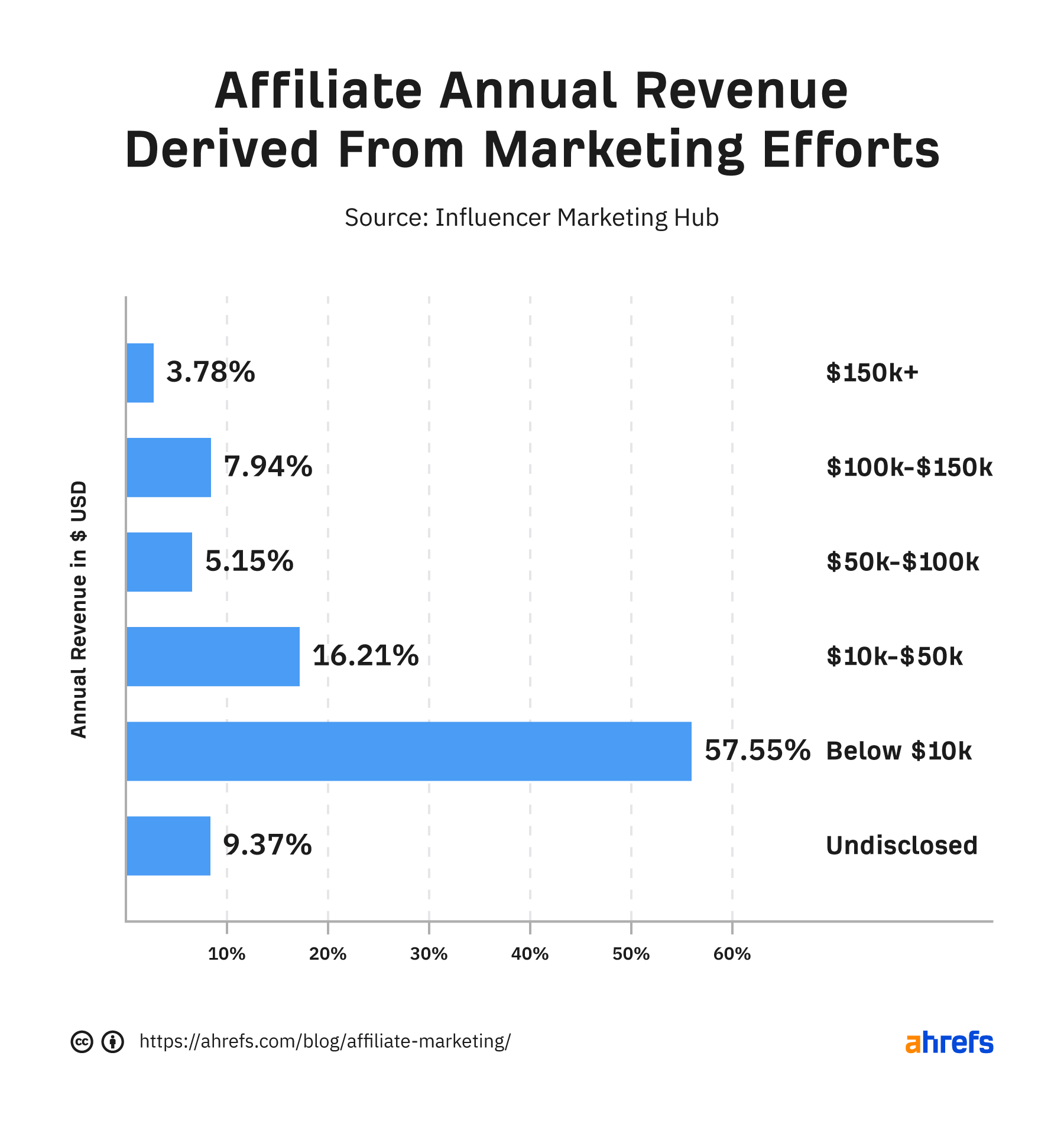In this article, we will discuss how frequently affiliate marketing pays out. We will explore the different payment frequencies you can expect as an affiliate marketer, ranging from monthly to weekly to even daily payouts. By the end of this article, you’ll have a better understanding of when and how often you can expect to receive your affiliate earnings. So, let’s get started and uncover the payment schedules in affiliate marketing!
Introduction
Affiliate marketing is a popular business model that allows you to earn commissions by promoting other people’s products or services. As an affiliate marketer, it is important to understand when and how often you can expect to receive your payments. In this article, we will explore the various payment frequency options in affiliate marketing and discuss the advantages and disadvantages of each.
Understanding Affiliate Marketing
Definition of Affiliate Marketing
Affiliate marketing is a performance-based marketing strategy where affiliates promote products or services on behalf of a merchant. Affiliates earn a commission for each sale or lead generated through their promotional efforts.
Types of Affiliate Marketing
There are several types of affiliate marketing, each with its own payment structure. The most common types include:
- Pay-per-sale (PPS): Affiliates earn a commission for each sale they refer to the merchant.
- Pay-per-click (PPC): Affiliates earn a commission for each click on their affiliate link, regardless of whether a sale is made.
- Pay-per-lead (PPL): Affiliates earn a commission for each lead they refer to the merchant, such as filling out a form or signing up for a free trial.
The payment frequency can vary depending on the affiliate program and the agreement between the affiliate and the merchant.
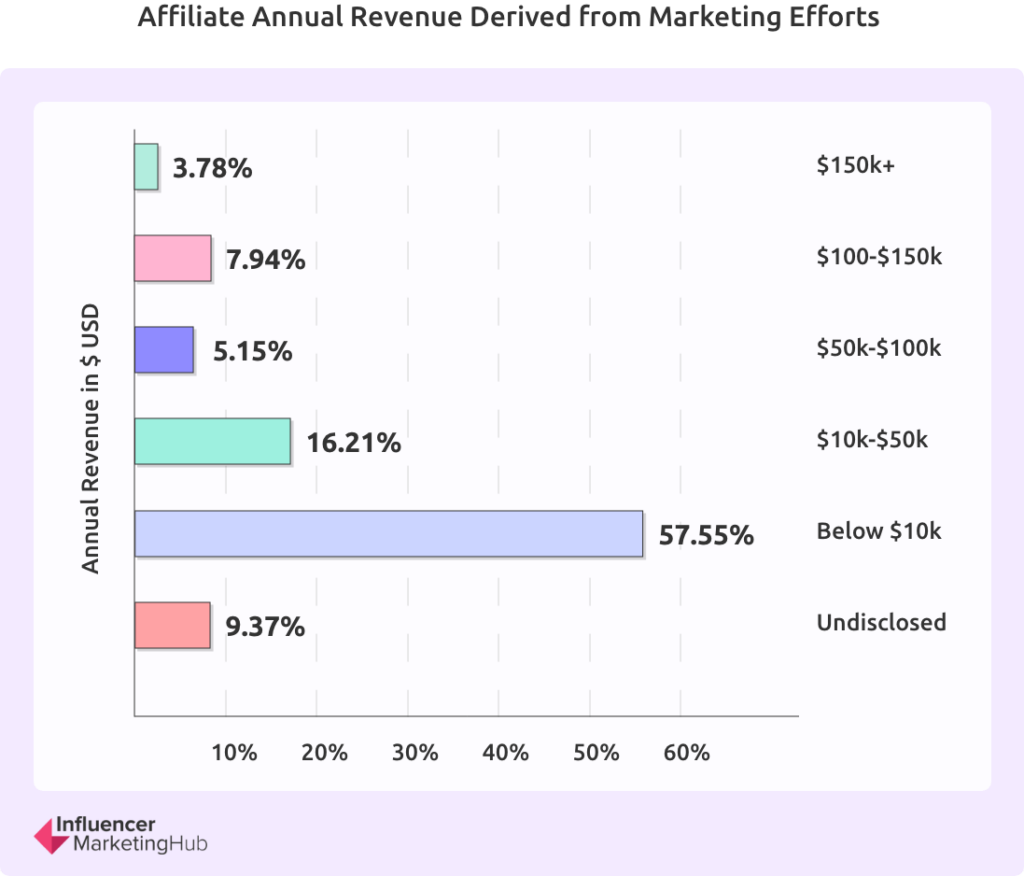
Payment Frequency in Affiliate Marketing
Factors Determining Payment Frequency
The payment frequency in affiliate marketing is determined by several factors, including:
- Affiliate network policies: Some affiliate networks have specific payment frequencies, such as weekly, bi-weekly, or monthly.
- Merchant payment policies: Merchants may have their own payment schedules and thresholds that affiliates must meet in order to receive payment.
Common Payment Frequency Options
While the payment frequency can vary, the most common options in affiliate marketing include:
- Weekly payments: Some affiliate programs offer weekly payments, allowing affiliates to receive their earnings every week.
- Bi-weekly payments: Many affiliate programs provide bi-weekly payments, which means affiliates receive payments every two weeks.
- Monthly payments: Monthly payments are also common, where affiliates receive their earnings at the end of each month.
- Quarterly payments: In some cases, merchants may offer quarterly payments, meaning affiliates receive their earnings every three months.
The payment frequency can have an impact on an affiliate marketer’s cash flow and financial planning.
Weekly Payment Option
Advantages of Weekly Payments
- Improved cash flow: Weekly payments provide a more consistent source of income for affiliate marketers, allowing them to better manage their finances.
- Faster access to funds: Weekly payments ensure that affiliates receive their earnings sooner, avoiding any delays or cash flow issues.
- Motivation and encouragement: The regular influx of income from weekly payments can motivate affiliates to continue their promotional efforts and achieve better results.
Disadvantages of Weekly Payments
- Higher transaction fees: Some payment methods may charge transaction fees for each payment, resulting in higher costs for affiliates receiving weekly payments.
- Higher administrative workload: Weekly payments require more administrative work for both the affiliate network and the affiliate, as more frequent payments need to be processed and reconciled.
Despite the potential drawbacks, many affiliates prefer weekly payments for the financial benefits it offers.
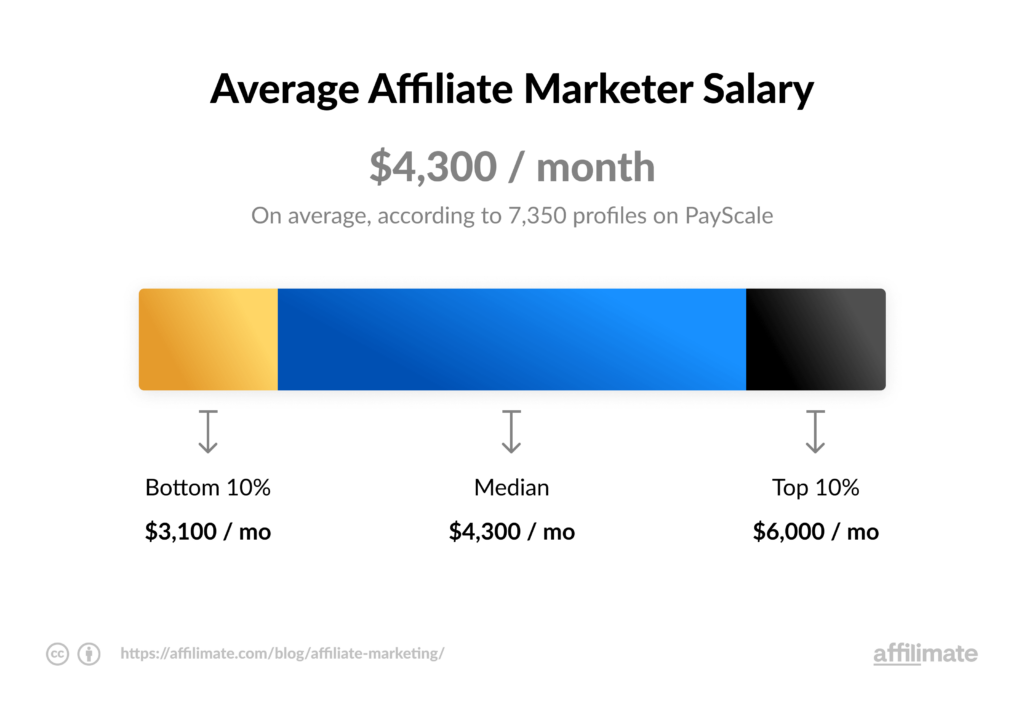
Bi-Weekly Payment Option
Advantages of Bi-Weekly Payments
- Steady income stream: Bi-weekly payments provide a predictable income stream for affiliate marketers, allowing them to better plan and budget their expenses.
- Reduced administrative workload: Bi-weekly payments strike a balance between frequent payments and administrative efficiency, reducing the administrative burden for both affiliates and the affiliate network.
Disadvantages of Bi-Weekly Payments
- Delayed access to funds: Compared to weekly payments, bi-weekly payments may result in a slight delay in receiving earnings, which could impact an affiliate marketer’s cash flow.
- Limited financial flexibility: Bi-weekly payments may not offer the same level of financial flexibility as weekly payments, as affiliates have to wait longer between payments.
While bi-weekly payments can provide more stability for affiliates, the slight delay in receiving earnings may not be suitable for everyone.
Monthly Payment Option
Advantages of Monthly Payments
- Simplicity and convenience: Monthly payments provide a simple and convenient payment schedule for affiliates, as they know exactly when to expect their earnings.
- Reduced transaction fees: Monthly payments result in fewer transactions, potentially reducing the transaction fees that some payment methods charge for each payment.
Disadvantages of Monthly Payments
- Longer wait time for funds: Monthly payments mean that affiliates have to wait longer to receive their earnings, which could be a disadvantage for those who rely on a more frequent cash flow.
- Difficulty in financial planning: The longer gap between payments may make it challenging for affiliates to plan and budget their expenses effectively.
Monthly payments may suit affiliates who prioritize simplicity and are comfortable with a less frequent payment schedule.
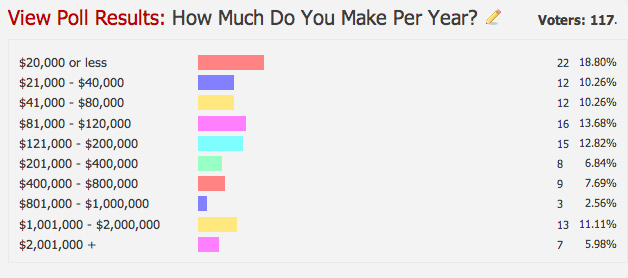
Quarterly Payment Option
Advantages of Quarterly Payments
- Higher payment thresholds: Quarterly payments are often associated with higher payment thresholds, which means that affiliates have to generate a higher amount of commissions before they can receive a payment. This can be advantageous for affiliates who prefer to receive larger payouts in a single transaction.
- Reduced administrative overhead: Quarterly payments significantly reduce the administrative workload for both affiliates and the affiliate network, as fewer payments need to be processed and reconciled.
Disadvantages of Quarterly Payments
- Longer wait time for funds: Quarterly payments result in the longest wait time between payments. Affiliates may find it challenging to manage their cash flow effectively with such infrequent payments.
- Limited financial planning: The longer gap between payments can make financial planning more difficult for affiliates, as they have to wait for a longer period to receive their earnings.
Quarterly payments may be suitable for affiliates who prioritize larger payouts and are willing to wait for a longer period between payments.
Payment Thresholds in Affiliate Marketing
Minimum Payment Thresholds
Many affiliate programs have minimum payment thresholds in place, which means that affiliates must earn a certain amount of commissions before they can receive a payment. These thresholds can vary widely, depending on the program and the payment frequency.
Affiliates should carefully review the payment thresholds of the affiliate programs they join to ensure they can meet the requirements and receive their earnings in a timely manner.
Effect of Thresholds on Payment Frequency
Payment thresholds can have an impact on the payment frequency. For example, an affiliate program with a higher payment threshold may offer less frequent payments, such as monthly or quarterly, to ensure that affiliates reach the minimum threshold before receiving a payment.
Affiliates should consider the payment threshold requirements when choosing an affiliate program and payment frequency that aligns with their financial goals and capabilities.

Payment Methods in Affiliate Marketing
Popular Payment Methods
In affiliate marketing, there are several payment methods that affiliates can choose from, including:
- Direct deposit: This method allows affiliates to receive their payments directly into their bank accounts, providing a convenient and secure way to receive funds.
- PayPal: PayPal is a popular online payment platform that allows affiliates to receive payments quickly and securely.
- Wire transfer: Wire transfers are commonly used for international payments, but they may involve higher transaction fees and longer processing times.
- Check: Although less common in today’s digital age, some affiliate programs still offer payments by check.
The choice of payment method can impact the speed and convenience of receiving payments, as well as any associated transaction fees.
Considerations for Choosing Payment Methods
When selecting a payment method, affiliates should consider the following factors:
- Speed: Some payment methods offer faster processing times, allowing affiliates to receive their payments more quickly.
- Security: Affiliates should choose payment methods that offer robust security measures to protect their financial information.
- Transaction fees: Affiliates should consider any transaction fees associated with each payment method, as these can impact their earnings.
Affiliates should choose a payment method that suits their individual preferences and financial needs.
Factors Influencing Affiliate Payment Frequency
Affiliate Network Policies
Different affiliate networks may have their own payment frequency policies. Some may offer more frequent payments, such as weekly or bi-weekly, while others may offer monthly or quarterly payments. Affiliates should review the payment frequency policies of the affiliate networks they join to understand when and how often they can expect to receive their earnings.
Merchant Payment Policies
In addition to the affiliate network policies, the payment frequency can also be influenced by the merchant’s payment policies. Merchants may have specific payment schedules and thresholds that affiliates must meet in order to receive payment. Affiliates should familiarize themselves with the payment policies of the merchants they promote to ensure they align with their financial goals and expectations.
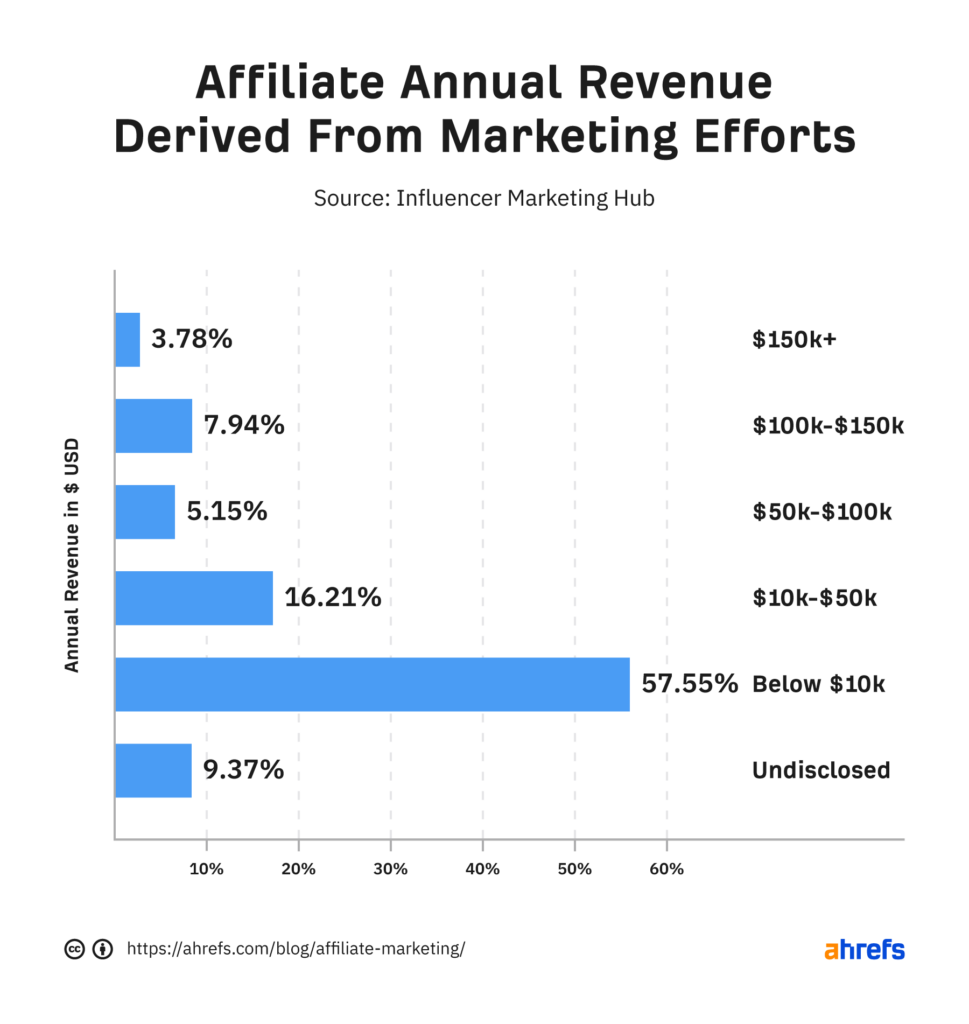
Pros and Cons of Different Payment Frequencies
Pros of Frequent Payments
- Improved cash flow: Frequent payments provide a more consistent and reliable source of income for affiliate marketers, ensuring they have a steady cash flow.
- Motivation and encouragement: Regular payments can motivate affiliates to continue their promotional efforts and strive for better results.
Cons of Frequent Payments
- Higher transaction fees: More frequent payments may result in higher transaction fees, reducing the overall earnings for affiliates.
- Higher administrative workload: Frequent payments require more administrative work for both the affiliate network and the affiliate, as additional payments need to be processed and reconciled.
Pros of Less Frequent Payments
- Simplified financial planning: Less frequent payments, such as monthly or quarterly, provide a predictable payment schedule, making it easier for affiliates to plan and budget their expenses.
- Reduced administrative overhead: Less frequent payments result in a lower administrative workload for both affiliates and the affiliate network, as fewer payments need to be processed and managed.
Cons of Less Frequent Payments
- Delayed access to funds: Less frequent payments mean affiliates have to wait longer to receive their earnings, which can impact their cash flow and financial planning.
- Reduced cash flow flexibility: Less frequent payments may limit an affiliate marketer’s ability to manage their finances and respond to unexpected expenses or investment opportunities.
The choice of payment frequency should be based on an affiliate marketer’s individual financial goals, cash flow requirements, and preferences.
Tips to Maximize Payment Frequency
Selecting Affiliate Programs with Higher Payment Frequency
When choosing affiliate programs, affiliates should consider the payment frequency offered by each program. Opting for programs that offer more frequent payments, such as weekly or bi-weekly, can help affiliates maximize their income and maintain a steady cash flow.
Affiliates should also take into account the reliability and reputation of the affiliate programs to ensure they will receive their payments on time.
Optimizing Conversion Rates
To increase earnings and maximize payment frequency, affiliates should focus on optimizing their conversion rates. By improving the effectiveness of their promotional efforts and increasing the number of sales or leads generated through their affiliate links, affiliates can earn more commissions and potentially reach payment thresholds more quickly.
Conversion rate optimization techniques include improving website design, creating compelling content, utilizing effective call-to-actions, and implementing split testing.
Meeting Payment Thresholds
Affiliates should be aware of the minimum payment thresholds set by the affiliate programs they join. By actively working towards reaching these thresholds, affiliates can ensure they receive their payments in a timely manner.
To reach payment thresholds more quickly, affiliates can focus on promoting high-ticket products or services, expanding their target audience, and diversifying their promotional strategies.
Conclusion
The payment frequency in affiliate marketing can vary based on factors such as affiliate network policies, merchant payment policies, and minimum payment thresholds. Affiliates have a range of payment frequency options to choose from, including weekly, bi-weekly, monthly, and quarterly payments.
Each payment frequency option has its own advantages and disadvantages, impacting an affiliate marketer’s cash flow, financial planning, and administrative workload. By selecting the right payment frequency and implementing strategies to maximize earnings, affiliates can optimize their affiliate marketing business and achieve their financial goals.
